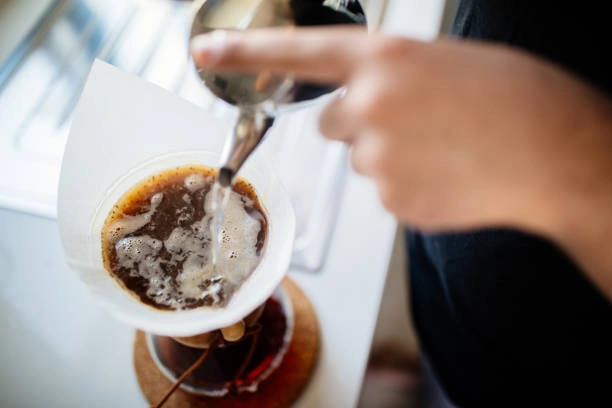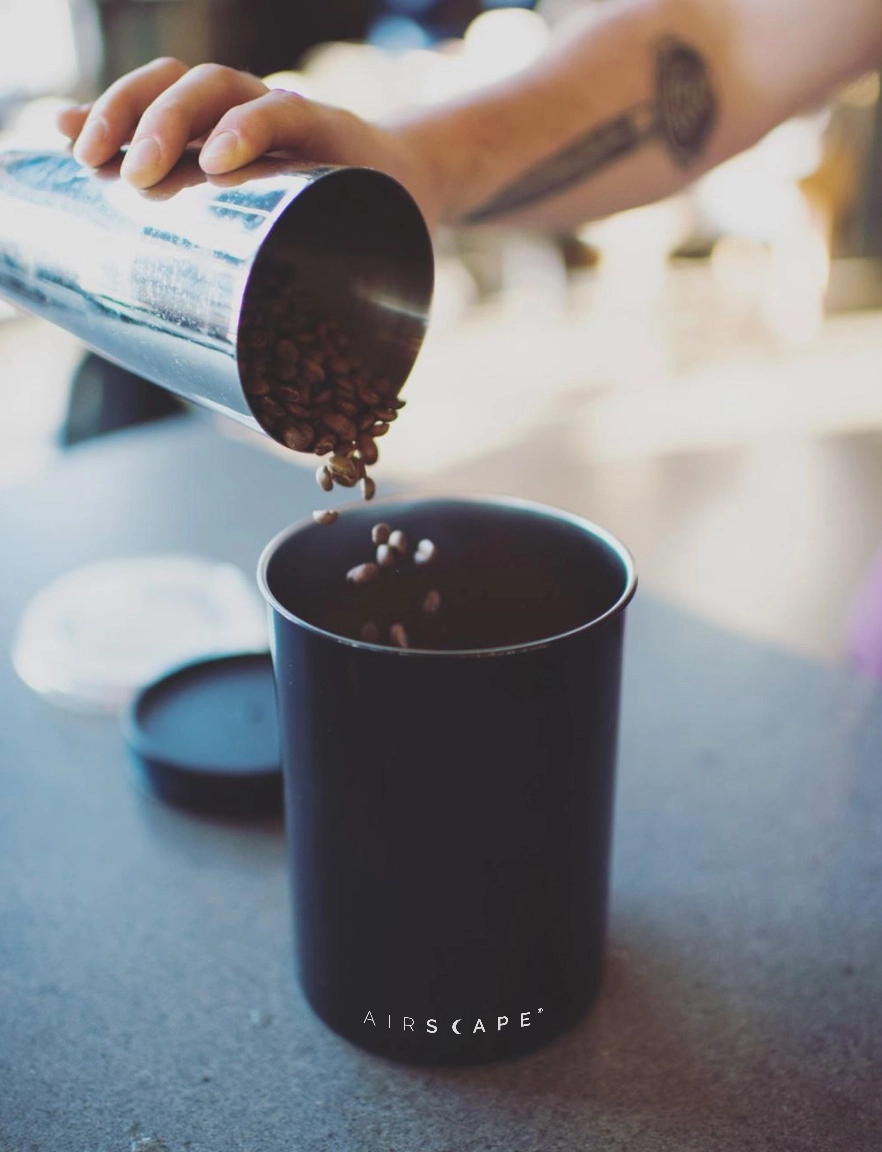What is Coffee Bloom?

Coffee is a staple in the daily lives of millions of people around the world. While coffee enthusiasts often focus on selecting the perfect roast, grind size, and brewing method, there is another important factor that can greatly affect the flavor and aroma of coffee: coffee bloom. In this comprehensive guide, we will delve into what coffee bloom is, how it occurs, and why it matters in the world of coffee brewing.
What is Coffee Bloom
Coffee bloom is the initial stage of coffee brewing when hot water is poured over freshly ground coffee. This stage is characterized by the release of carbon dioxide gas from the coffee grounds, causing the coffee bed to expand and bubble up. The blooming effect is most noticeable in pour-over brewing methods, such as the Hario V60, Chemex, and Kalita Wave, but also occurs in other methods such as French press and drip brewing.
Why Does Coffee Bloom?
Coffee beans are naturally high in carbon dioxide gas, which is produced during the roasting process. When coffee is ground, the surface area of the coffee particles increases, allowing for a faster release of CO2 gas when water is added. This release of gas creates the bloom effect, causing the coffee bed to rise and bubble up.
Why Does Coffee Bloom Matter?
Coffee bloom is an important factor in coffee brewing because it affects the final flavor and aroma of the coffee. During the bloom stage, the release of carbon dioxide gas also causes the coffee to degas or release other volatile compounds, such as organic acids and aromatic oils, that contribute to the flavor and aroma of the coffee.
If the bloom stage is skipped or not allowed to occur fully, the coffee will not degas properly, resulting in a lackluster and under-extracted brew. On the other hand, if the coffee is over-bloomed, it can lead to uneven extraction and bitterness in the final cup.


